Editor’s Note: In conjunction with the timing of what would have been the College World Series season, I was asked by Ryan Whirty to prepare a story for his wonderful website, The Negro Leagues Up Close. This story originally appeared on his site on June 10, 2020.
Typically, late-May through mid–June is the time avid fans enjoy most about college baseball. Post-season conference playoffs and regional tournaments that lead to a world series, bring out the best in a sport we love. Be it in the National Collegiate Athletic Association (NCAA) Divisions I, II and III or in the NAIA, there’s nothing quite like it for a college baseball fanatic. Even more institutions get a chance to compete for a world series title with the smaller United States Collegiate Athletic Association (USCAA) and the National Christian College Athletic Association (NCCAA) crowning national baseball champions too.
That’s all different in 2020. In baseball terms… the novel coronavirus known as COVID-19 has struck out the college world series season.
But, we still have memories of past college world series’ to keep our minds occupied until a new college baseball season begins. One that quickly jumps out for fans is the thrilling two-out, bottom of the ninth inning, come from behind, walk-off home run by Warren Morris of Louisiana State University to defeat the University of Miami (FL) by the score of 9-8 and win the 1996 NCAA Division I College World Series.
About fifteen minutes away from LSU in Baton Rouge, Louisiana is another baseball playing institution which won a college world series title, 37 years before LSU claimed its memorable title of 1996.
 The National Association of Intercollegiate Athletics first began sponsoring a college world series in 1957, nearly five years after the organization’s groundbreaking decision to admit Historically Black Colleges and Universities (HBCUs) into its membership. Initially, the tournament was an invitational competition leading to a crown. In 1958, Maryland State College (now known as the University of Maryland Eastern Shore) was the first HBCU to be invited. However, because of distance and final examinations, it was unable to make the trip to Alpine, Texas, the initial home of the series. This gave Southern University of Baton Rouge, Louisiana the distinction of being the first HBCU program to play in an NAIA World Series when it represented the association’s District 6/Area 7 in the eight-team tournament of 1959.
The National Association of Intercollegiate Athletics first began sponsoring a college world series in 1957, nearly five years after the organization’s groundbreaking decision to admit Historically Black Colleges and Universities (HBCUs) into its membership. Initially, the tournament was an invitational competition leading to a crown. In 1958, Maryland State College (now known as the University of Maryland Eastern Shore) was the first HBCU to be invited. However, because of distance and final examinations, it was unable to make the trip to Alpine, Texas, the initial home of the series. This gave Southern University of Baton Rouge, Louisiana the distinction of being the first HBCU program to play in an NAIA World Series when it represented the association’s District 6/Area 7 in the eight-team tournament of 1959.
Going into the double elimination world series event, the Southern University Jaguar’s record stood at 19-3 with loses to conference rivals Texas Southern and Grambling and a non-conference matchup with Mississippi Vocational College (now known as Mississippi Valley State University). The field of eight also included the 18-0 University of Omaha (now known as the University of Nebraska at Omaha) and 17-1 Patterson State College (now known as William Paterson University). Two additional institutions, Rollins College, which came into the tournament as the consensus favorite to win, and host school Sul Ross State College, each had previous world series experience. During the regular season, tournament teams had beaten the likes of Ohio State University, Wake Forest, the University of Florida and Michigan State.
Southern’s roster featured a number of first and second year players led by Louis C. Brock, the Jaguars sophomore right fielder. As the tournament opened, Brock was hitting a resounding .524 with eight doubles, six triples and five home runs. Left fielder Robert “Speedy” Williams had a batting average of .394, was second on the team with 21 runs batted in and was tied with Brock for the team lead in doubles with eight. Fellow sophomore, Harry Levy, the team’s second baseman, led the Jaguars and the Southwestern Athletic Conference with 27 stolen bases while hitting .365 and first baseman Herman Rhodes had a batting average of .361. Southern University’s formidable pitching staff was led by sophomore southpaw McVea Griffin who had a 7-0 record with an earned run average of 1.35, five shutouts and 58 strikeouts in 61 innings pitched. Leading the Southern University nine were future NAIA Hall of Fame coach, Bob Lee and his assistant, Emory Hines who would succeed Lee as head coach in 1961.
sophomore right fielder. As the tournament opened, Brock was hitting a resounding .524 with eight doubles, six triples and five home runs. Left fielder Robert “Speedy” Williams had a batting average of .394, was second on the team with 21 runs batted in and was tied with Brock for the team lead in doubles with eight. Fellow sophomore, Harry Levy, the team’s second baseman, led the Jaguars and the Southwestern Athletic Conference with 27 stolen bases while hitting .365 and first baseman Herman Rhodes had a batting average of .361. Southern University’s formidable pitching staff was led by sophomore southpaw McVea Griffin who had a 7-0 record with an earned run average of 1.35, five shutouts and 58 strikeouts in 61 innings pitched. Leading the Southern University nine were future NAIA Hall of Fame coach, Bob Lee and his assistant, Emory Hines who would succeed Lee as head coach in 1961.
The 1959 NAIA World Series opened with lopsided wins by the University of Omaha and Rollins College before Southern University faced its first opponent, host school Sul Ross State College. In the game, Southern took a two-run lead before falling behind in the fifth inning by the score of 3-2. In the sixth inning, the Jaguars tied the game at three followed by a go ahead sacrifice fly by ace pitcher McVea Griffin, who then no-hit Sul Ross the rest of the way for the opening round 4-3 victory.
Southern University next faced Western Washington College (now Western Washington University) which featured Roger Repoz, who at tournament’s end was named the series MVP and later became a Major League ballplayer. As in its first game, the Jaguars had an early lead, before the Vikings of Western Washington plated four runs in the third inning to turn a 3-0 deficit into a 4-3 lead. With single runs in the bottom of the third and fifth innings, the Jaguars would tie the score and then take the lead. Western Washington responded by likewise scoring a tying run in the sixth inning and a go ahead run in the eighth. Falling behind 6-5 going into the bottom of the ninth inning, the underdog Southern University “Jags” faced its first loss of the tournament. Lou Brock started off a rally as he reached first base on an error and advanced to second on a walk issued to Herman Rhodes. Third baseman, Henry Triplett doubled to score Brock and with one out, center fielder Wiley McMillan squeezed Rhodes home for the 7-6, come from behind victory.
In the twelfth games of the series, Southern had an easier time, eliminating Rollins College from competition by the score of 8-3. Meanwhile, coming back from an opening round loss to Rollins College, the University of Omaha stormed back to win three straight and force a must win match with the already 3-0 Southern University Jaguars.
Because of weather delays and an upcoming previously arranged field commitment, for the University of Omaha to win the national title, the Mavericks would have had to play and win a total of five games in a 32 hour span. After eliminating Southern Illinois University, Western Washington and Rollins College, in the first championship round matchup with Southern University on June 5th, Omaha was on the road to do just that, winning by the score of 17-9. The victory set up a winner take all rematch with Southern 30 minutes later.
Though the University of Omaha had already played two more games than the Jaguar ball club, the Mavericks went late into the evening battling Southern for the first six innings of the NAIA World Series championship game. In the top of the seventh inning with the score knotted at two, Lou Brock, who had not been much of a factor in the tournament to that point, connected for a three-run home run as Southern University collected a total of four runs to take a 6-2 lead. From that point on, the deflated and overworked Omaha Mavericks were held in check as Southern scored four more runs to win the game 10-2. When the last out was recorded in the bottom of the ninth inning to give Southern University the 1959 NAIA National Baseball Championship, it was already after midnight and now June 6th.
At the awards ceremony, Lou Brock was named to the NAIA All-Tournament team. Six Jaguars hit over .300 for the series led by Robert Williams‘ .455, Henry Triplett’s .389, Alvin Woods and Harry Levy with averages of .333, catcher Roy McGriff at .316 and Lou Brock’s .304.
The significance of Southern University’s NAIA baseball crown has grown immeasurably since then. Sadly, no HBCU institution has won a baseball title at any level since. So, in my mind, during this time when we have no college baseball tournaments to follow, one of the most thrilling memories to keep me going until next season is re-living Southern University’s historic title run.
Jay Sokol is the founder of Black College Nines and is its lead historical writer. He is presently preparing a history of HBCU baseball for publication in the spring of 2021. Sokol can be reached at [email protected]


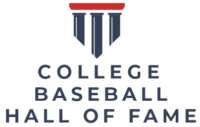
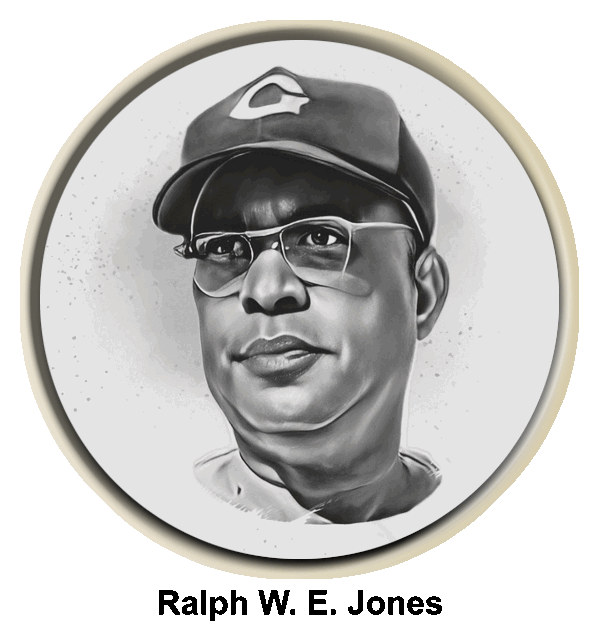






















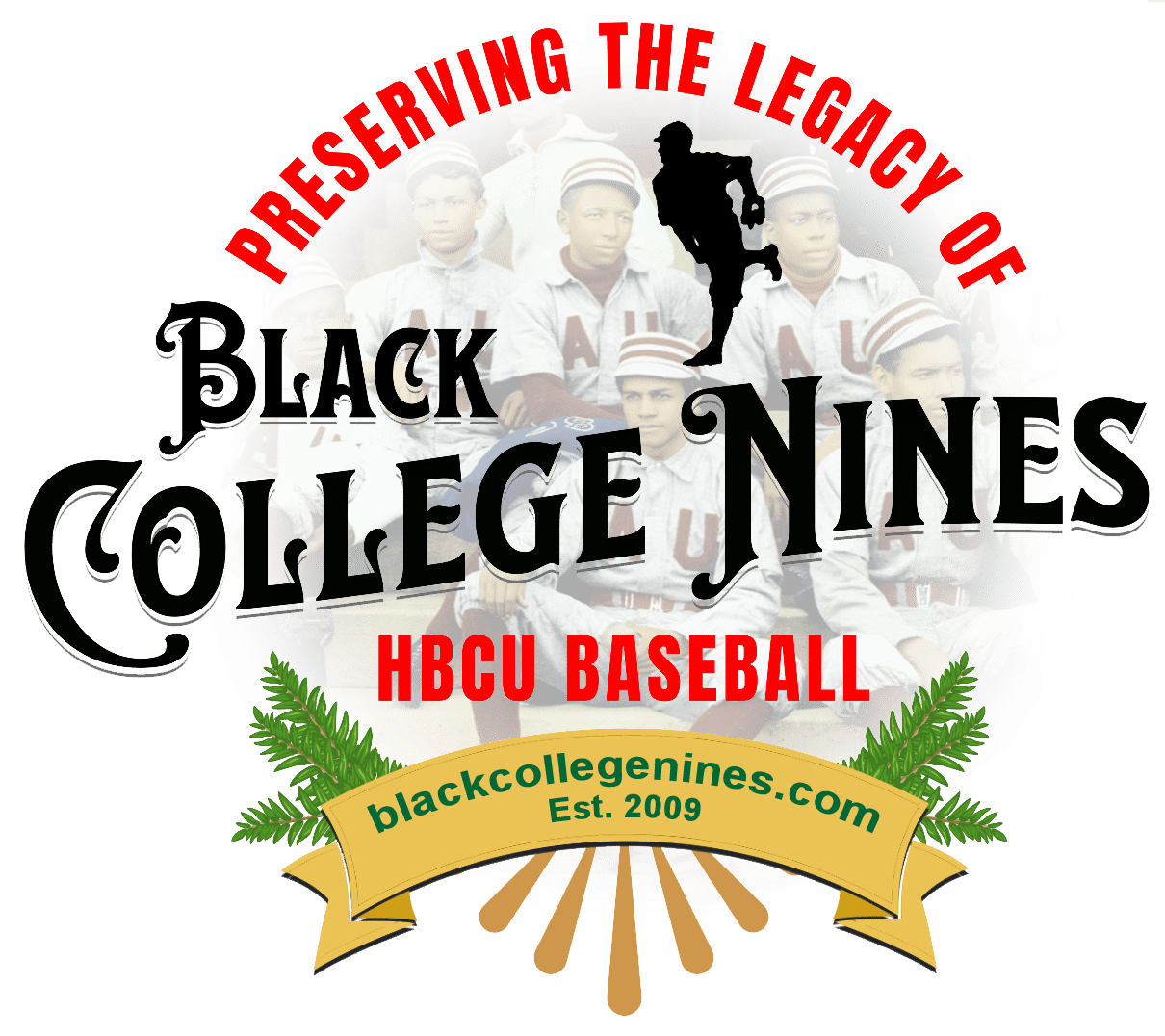







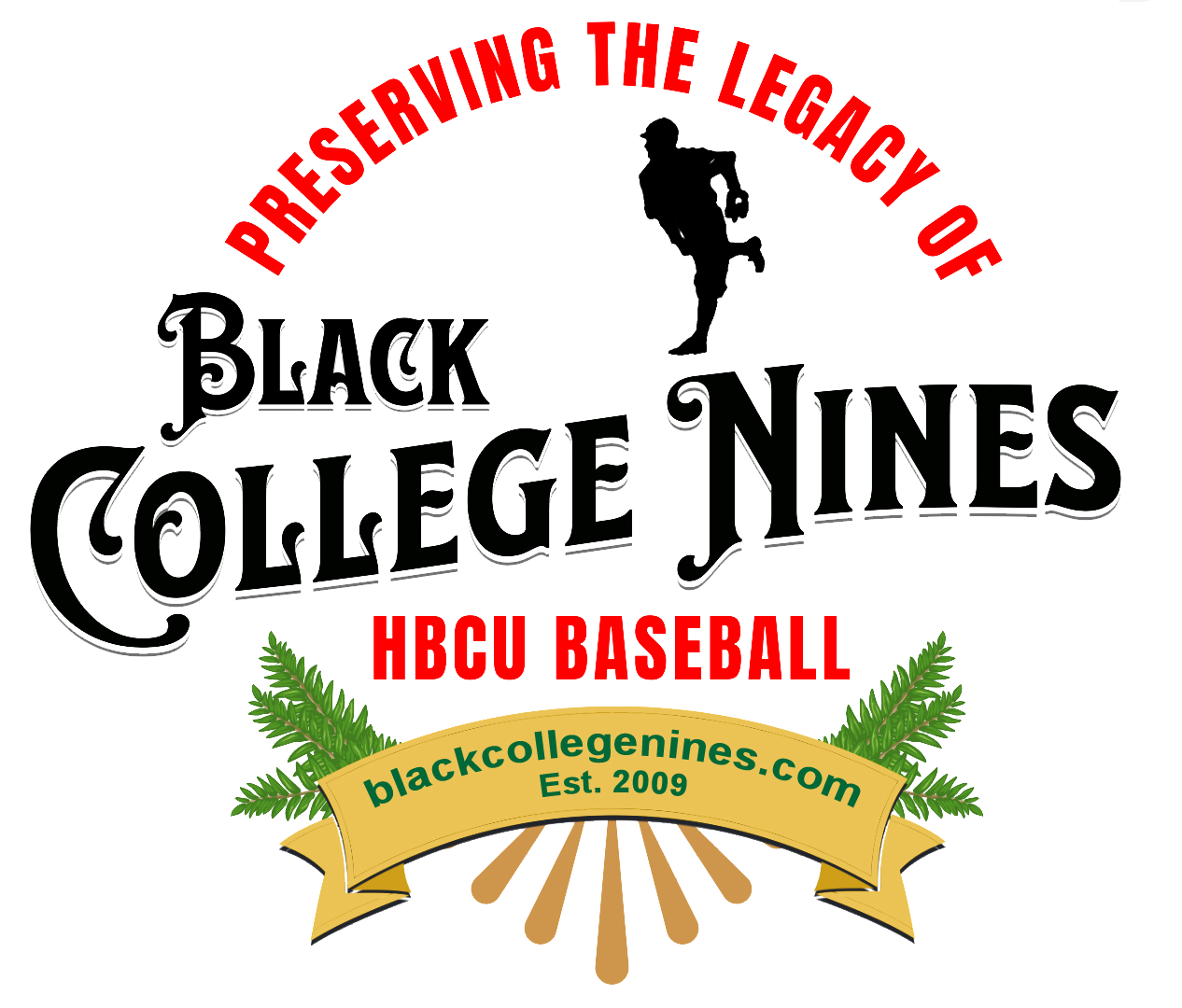
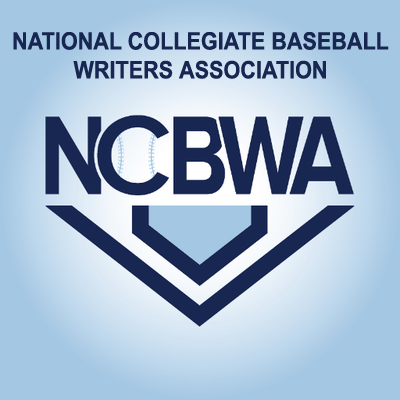
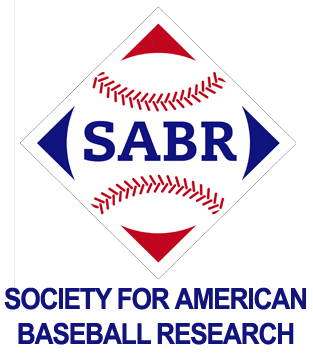


Strong in 1959 and strong in 2020 Go Jag(forever)
Absolutely fantastic! Imagine crowning a national champion after midnight. I wonder how many people stayed in the stands to witness this historic moment defined by baseball stars.
Since Southern’s 1959 national title… the Jaguars have become an HBCU Baseball powerhouse program. Won more SWAC titles than any school. In 1987, became the first HBCU to win a game in an NCAA Division I regional tournament by defeating the nations No.2-ranked Cal State Fullerton. In 1996 Southern became the first HBCU to win a game in an NCAA Division I play-in series defeating Austin Peay. Southern has won 1795 games since 1949 which includes a 44-7 mark in 2003.